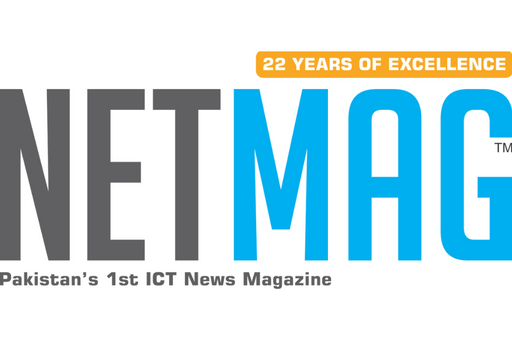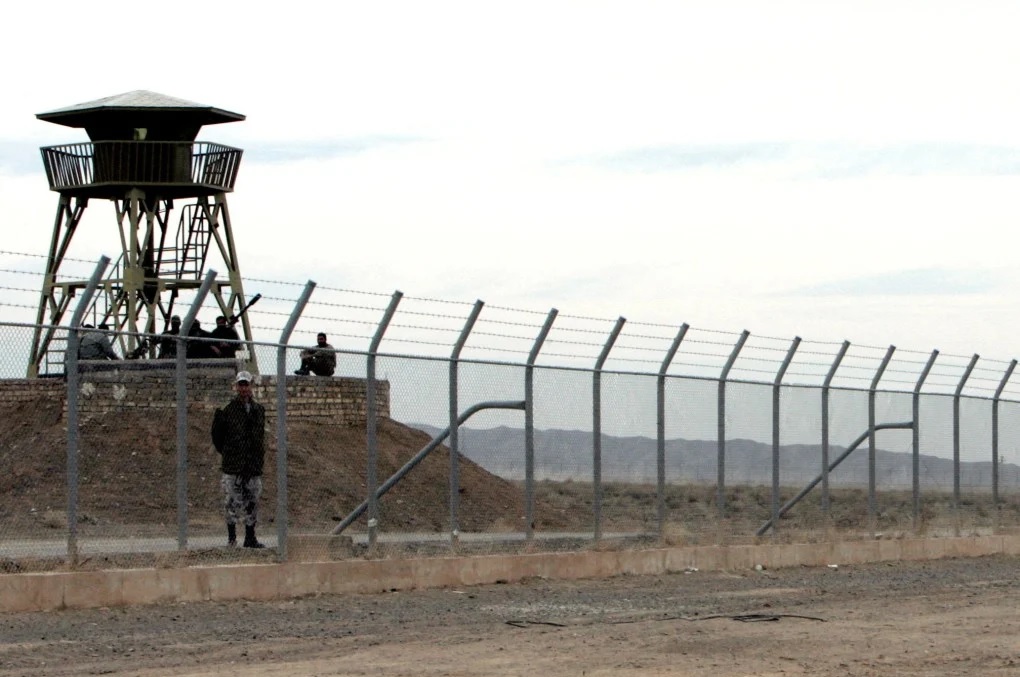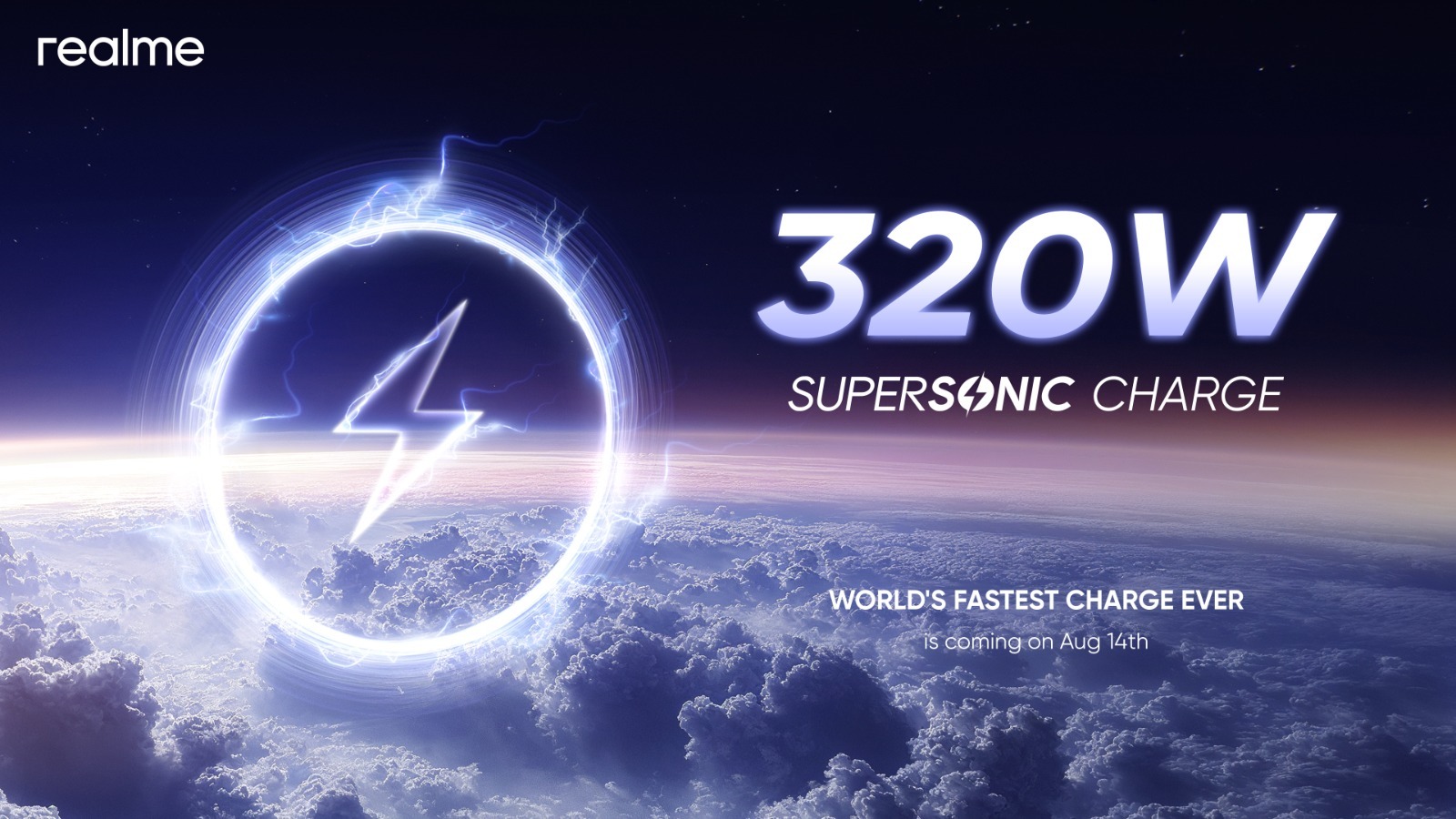Iran’s nuclear program has been a focal point of international attention for decades, primarily due to concerns over its potential to develop nuclear weapons. The program encompasses a network of facilities spread across the country, each serving specific functions in the nuclear fuel cycle. These sites have been subjects of geopolitical tensions, particularly with Israel, which has expressed concerns over Iran’s nuclear ambitions.
Overview of Iran’s Nuclear Program
Iran’s nuclear program is a multifaceted endeavor involving uranium mining, conversion, enrichment, reactor development, and research activities. The program’s transparency and compliance with international regulations have been subjects of debate, especially after the United States’ withdrawal from the Joint Comprehensive Plan of Action (JCPOA) in 2018. This move led to Iran scaling back its commitments under the agreement, intensifying regional and global concerns.
Key Nuclear Facilities in Iran
- Natanz Enrichment Complex
Located approximately 220 kilometers southeast of Tehran, Natanz is Iran’s primary uranium enrichment site. It houses two main facilities:
- Fuel Enrichment Plant (FEP): An underground facility designed to host up to 50,000 centrifuges. As of recent reports, around 13,000 centrifuges are operational, enriching uranium up to 5% purity.
- Pilot Fuel Enrichment Plant (PFEP): An above-ground facility where Iran has been enriching uranium up to 60% purity, a level closer to weapons-grade material.
Natanz has been the target of various cyberattacks and sabotage incidents, including the Stuxnet virus in 2010 and a significant explosion in 2021, which Iran attributed to Israeli involvement.
- Fordow Fuel Enrichment Plant
Situated near the city of Qom, Fordow is a fortified underground facility built into a mountain to withstand potential airstrikes. Initially revealed in 2009, it was repurposed under the 2015 nuclear deal to a research facility. However, Iran resumed uranium enrichment at Fordow in 2019, deploying advanced IR-6 centrifuges capable of enriching uranium up to 60% purity.
- Isfahan Nuclear Technology Center
Located in central Iran, the Isfahan center plays a crucial role in Iran’s nuclear fuel cycle. It houses the Uranium Conversion Facility (UCF), which processes yellowcake uranium into uranium hexafluoride (UF₆) gas, the feedstock for enrichment. Additionally, Isfahan has a Fuel Fabrication Plant that produces nuclear fuel for reactors and manufactures components for centrifuges.
- Arak Heavy Water Reactor
The Arak facility, situated in western Iran, is home to a heavy-water reactor capable of producing plutonium, a potential pathway to nuclear weapons. Under the 2015 nuclear deal, Iran agreed to redesign the reactor to limit plutonium production. Despite these modifications, the facility remains a point of contention in discussions about Iran’s nuclear intentions.
- Tehran Research Reactor (TRR)
Located in the capital city, the TRR is a 5-megawatt pool-type research reactor originally supplied by the United States in 1967. It is primarily used for the production of medical isotopes, such as molybdenum-99, which are essential for cancer treatment and nuclear medicine diagnostics.
- Parchin Military Complex
Situated about 30 kilometers southeast of Tehran, Parchin is officially designated as a conventional weapons and missile test site. However, satellite imagery and reports have raised concerns about potential nuclear-related activities at this facility. The International Atomic Energy Agency (IAEA) has conducted inspections here, but questions about the site’s activities persist.
- Bushehr Nuclear Power Plant
Located on the southern coast along the Persian Gulf, Bushehr is Iran’s first operational nuclear power plant. Developed with Russian assistance, it generates electricity for civilian use. The plant operates under IAEA safeguards, and the nuclear fuel used is supplied by Russia, with spent fuel returned to Russia.
Iran’s Nuclear Activities and International Concerns
Iran maintains that its nuclear program is for peaceful purposes, including energy production and medical applications. However, the international community, particularly the United States and European nations, has expressed concerns over the potential for weaponization. The 2015 JCPOA was established to limit Iran’s nuclear activities in exchange for sanctions relief. Following the U.S. withdrawal from the agreement in 2018, Iran began scaling back its commitments, leading to heightened tensions and calls for renewed negotiations.
Recent Developments
In June 2025, Israel conducted airstrikes targeting Iranian nuclear and military facilities, including the Natanz enrichment complex. Israeli officials stated that the strikes aimed to impede Iran’s nuclear weapons development. In response, Iran announced plans to activate a third, previously undisclosed uranium enrichment site and accelerate the production of highly enriched uranium. The International Atomic Energy Agency (IAEA) censured Iran for noncompliance with nuclear safeguards, marking the first such action in two decades. Iran has vowed to continue its nuclear activities, asserting its right to peaceful nuclear technology.
Conclusion
Iran’s nuclear program remains a complex and contentious issue on the global stage. The country’s network of facilities, ranging from enrichment plants to research reactors, underscores its capabilities and ambitions in nuclear technology. While Iran asserts its nuclear pursuits are peaceful, international skepticism persists, particularly regarding potential military applications. The recent escalation of tensions, including military strikes and renewed enrichment activities, highlights the fragile state of diplomatic efforts and the ongoing challenges in addressing nuclear proliferation concerns.



